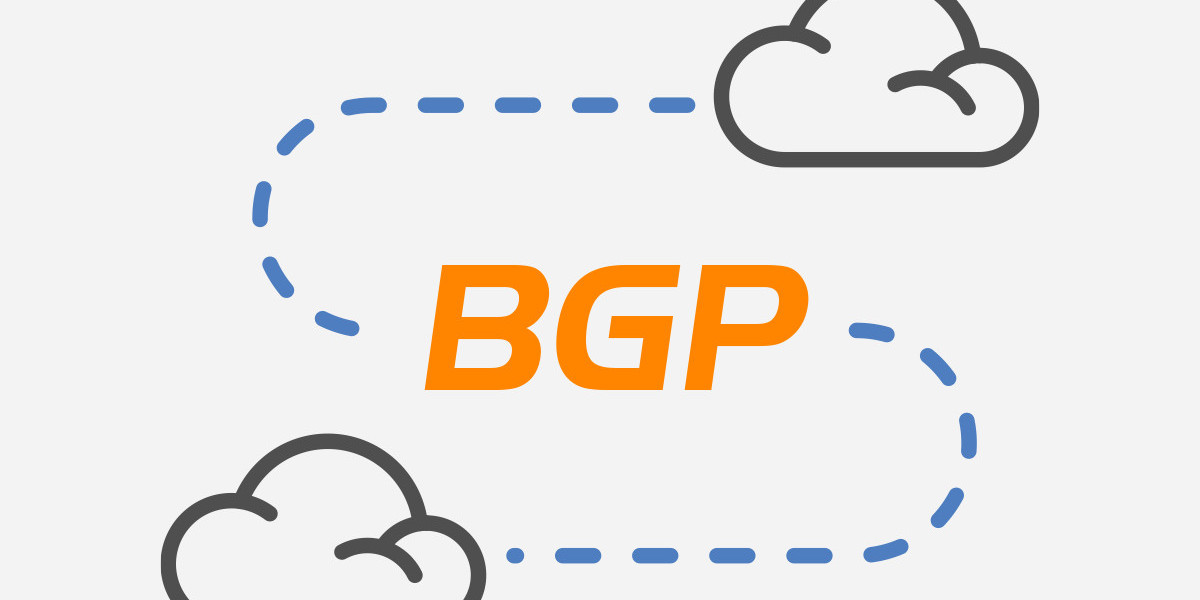As we know, the internet is a seamless global network of interconnected systems—is made possible by a foundational, yet often invisible, technology. This technology is the Border Gateway Protocol, or BGP, which essentially acts as the internet's postal service or GPS. It enables independent networks, known as Autonomous Systems (AS), to exchange routing information, ensuring that data packets find the most efficient path from their source to their destination across the vast expanse of the internet. The critical nature of this protocol underpins a significant technology market, which is projected to expand to a value of $5.97 billion by 2035. This growth will be achieved at a steady compound annual growth rate of 7.32% during the 2025-2035 forecast period, highlighting ongoing investment in the internet's core infrastructure.
To understand BGP, one must first understand Autonomous Systems. An AS is a large network or a group of networks under a single administrative entity, such as an Internet Service Provider (ISP) like Comcast, a tech giant like Google, or a major university. Each AS is assigned a unique number. BGP's primary job is to facilitate communication between these distinct systems. When one AS wants to announce the IP address prefixes it can deliver traffic to, it uses BGP to tell its neighboring ASes. These neighbors then pass that information along, creating a map of the internet's reachability. BGP doesn't just care about connectivity; it uses a complex set of attributes and policies to make intelligent decisions, choosing paths based on factors like policy, proximity, and cost, not just the shortest distance.
BGP is classified as a "path vector" protocol. This means that when an AS advertises a route to a destination, it includes the full path of Autonomous Systems the route has traversed. This list, known as the AS-PATH, is a crucial feature that helps prevent routing loops—a situation where data packets could bounce endlessly between networks without ever reaching their destination. Network administrators can also use various BGP attributes to influence routing decisions. For example, they can configure policies to prefer one provider over another for outbound traffic or to signal to the rest of the internet their own preferences for inbound traffic. This policy-based routing capability is what makes BGP incredibly powerful and flexible, allowing network operators to engineer traffic flow to meet their specific business and technical requirements.
There are two main types of BGP sessions: External BGP (eBGP) and Internal BGP (iBGP). As the name suggests, eBGP is used for communication between different Autonomous Systems. It's the protocol that connects an ISP to its peers and to the global internet backbone. In contrast, iBGP is used to distribute routes learned via eBGP to all the routers within a single Autonomous System. This ensures that all routers inside an organization's network have a consistent view of external routes and can make uniform decisions about how to forward traffic to destinations outside their own network. Together, eBGP and iBGP form the complete system that allows for both global connectivity and internal consistency, making BGP the indispensable protocol that holds the modern internet together.
Explore Our Latest Trending Reports:








